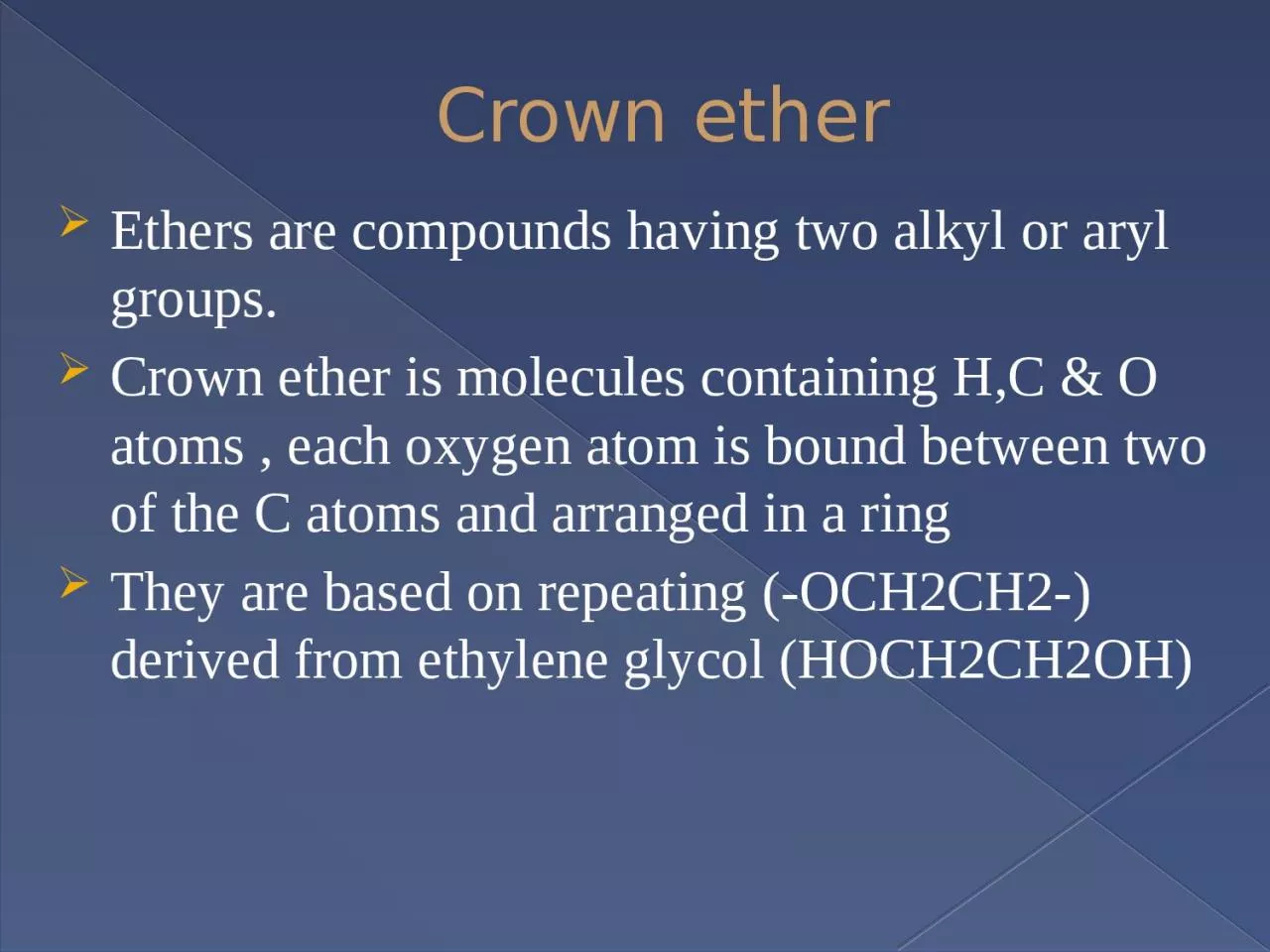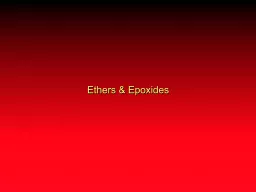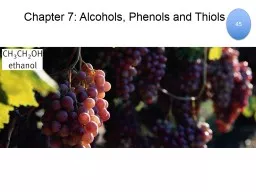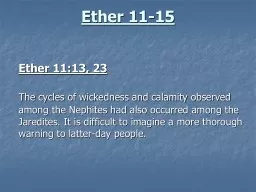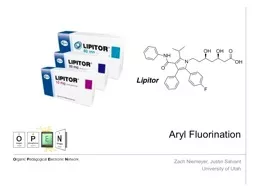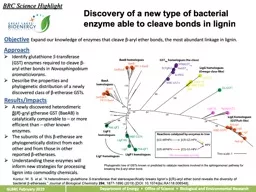PPT-Crown ether Ethers are compounds having two alkyl or aryl groups.
Author : Daredevil | Published Date : 2022-07-28
Crown ether is molecules containing HC amp O atoms each oxygen atom is bound between two of the C atoms and arranged in a ring They are based on repeating OCH2CH2
Presentation Embed Code
Download Presentation
Download Presentation The PPT/PDF document "Crown ether Ethers are compounds having..." is the property of its rightful owner. Permission is granted to download and print the materials on this website for personal, non-commercial use only, and to display it on your personal computer provided you do not modify the materials and that you retain all copyright notices contained in the materials. By downloading content from our website, you accept the terms of this agreement.
Crown ether Ethers are compounds having two alkyl or aryl groups.: Transcript
Download Rules Of Document
"Crown ether Ethers are compounds having two alkyl or aryl groups."The content belongs to its owner. You may download and print it for personal use, without modification, and keep all copyright notices. By downloading, you agree to these terms.
Related Documents

